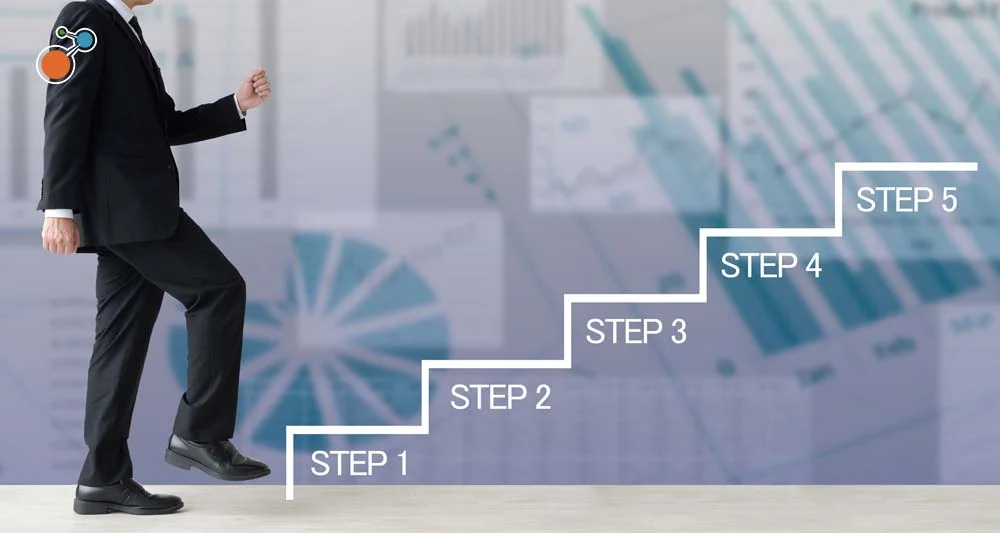A project’s success is constantly threatened by a barrage of risks from every direction. Keeping those risks at bay takes forethought and advance planning. What is project risk management – and can it really help keep your projects on track?
Project risk management is the process of identifying, analysing, and responding to risks that may arise throughout the lifecycle of a project. The purpose is to limit the impact and consequences of negative risks as much as possible, so that project objectives can be achieved.
Project risk management also enables risk and project professionals to identify the risks worth taking and maximize the opportunity presented. Imagine if you could find a way to deliver your project before schedule – or make a significant difference to bottom-line project profitability by making smarter decisions.
What is Project Risk Management for?
The risks that you are most likely to encounter on any project include scope or budget creep, scheduling, supply chain, and resource issues. Taking a proactive approach towards project risk management can help you identify, side-step, or rectify issues to prevent critical projects from missing deadlines, exceeding budgets, or failing to achieve what they set out to.
Consider these five steps to influence more positive outcomes:
- Identify Project Risks
Your ability to identify potential risks to your projects can mean the difference between success and failure. To do that, project or risk managers must:
- Understand potential risks and calculate their probability of occurrence and likely impact.
- Collate risk data methodically and make learnings accessible to all involved parties.
- Consider different scenarios and apply lessons from similar projects.
- Share experiences and ideas with both team and project stakeholders.
- Analyse and Prioritize Risks
Effective risk evaluation can help reduce the likelihood of your project being negatively impacted. Popular techniques such as qualitative and quantitative risk analysis can help your teams understand the driving factors involved and the potential severity of each threat from an overall project perspective. If you can pinpoint which risks could pose the greatest threat – or opportunity – you’ll have a clearer idea on where best to focus efforts and resources.
- Monitor Risks and Response Plans
Threats and opportunities can evolve and emerge across the entire project lifecycle, so keeping close tabs on risks is an important part of project risk management. To achieve the results you are aiming for, best practice includes:
- Tracking identified risks
- Monitoring residual risks
- Agreeing on risk responses
- Evaluating the effectiveness of risk processes
Flexibility is also important. Risks are unpredictable. Existing risks can change over time, and new risks can suddenly become part of the picture.
- Conduct Risk Audits
Risk audits can help project managers minimize potential risks and apply effective strategies for mitigation as a means of keeping projects on track with schedule and budgets. Reserve analysis can be undertaken alongside the risk audit to help shine light on any threats to the project funds.
- Manage the Risk
Once you have identified the potential risks, you’ll want to formulate your response. Here are four proven risk management techniques:
- Avoid the risk. Some risks simply aren’t worth taking.
- Mitigate the risk. This option allows you is to continue activities that are essential to the project’s progression while putting measures in place to protect it.
- Transfer the risk. Pass the risk on to a third party, typically by buying insurance.
- Accept the risk. Sometimes it’s best to accept small threats in certain situations.
Remember, accepting risks after careful consideration can create opportunity. When reward offsets threat, risks are ripe for exploitation. Are there steps you can take to increase the likelihood of positive risk occurring? Or could opportunity knock by sharing the risk response with a wider team or other project stakeholders?
What is Project Risk Management Software? And Can it Help?
Centralized and fully integrated risk management technology is essential for effective project risk management. Today’s project risk management software can give you a real-time view of all risks across the entire project – and how each risk may interact and influence each other. Teams can work proactively, spot red flags, and collabourate on appropriate actions to prevent or mitigate damage.
Armed with consistent, reliable, and meaningful data – across everything from third-party to supply-chain risk – risk professionals can make informed decisions throughout the project lifecycle.
What is project risk management? Essentially, it’s the process of identifying and manageing risk before things get out of hand. And in today’s hyper-competitive business climate, any practice that can help reduce uncertainty, provide the data you need to make sound investment decisions and ultimately, boost your chances of project success has to be worth exploring.
Check out Riskonnect’s Active Risk Manager solution and download our e-book, Conquering the New World of Risk with Integrated Risk Management, to learn more about the value of a holistic approach to manageing risk.




